I recently watched the first lecture from Lectures on Digital Photography taught by Marc Levoy, a former Stanford Professor. These are my notes.
Lecture One Outline
- Perspective
- Natural vs. Linear
- Vanishing Points
- Image Formation
- Pinhole Cameras
- Lenses
- Exposure
- Shutter Speed
- Aperture
- ISO
- Choosing Camera
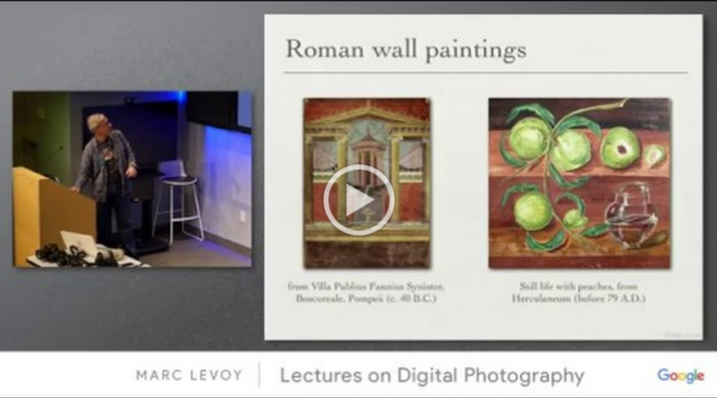
Perspective
A couple of things to note (apparently); Light leaving an object [uninterupted] will always travel in a straight line. And those lines of light converge on a point in the eye. I am not really certain what this will mean to me but I suspect all will be clear as I delve into these lectures.
Natural vs. Linear Perspective
There are two different forms of perspective. Natural Perspective ( part of Euclid’s Postulates) which says Distant objects subtend smaller visual angles (What?). And Linear perspective says an image is formed by the intersection of lines with a picture plane. (Again, what?)
I have often wondered why pictures always look different from the way my eye sees the same subject. I am not talking about light, color, and whatnot. What I mean is my eye always sees something different than the camera does. Understanding these two forms of perspective actually helps me to understand why that happens.
Vanishing Points
With a single vanishing point in an image, Lines converge at a single point at the horizon, while vertical and horizontal lines will remain constant.
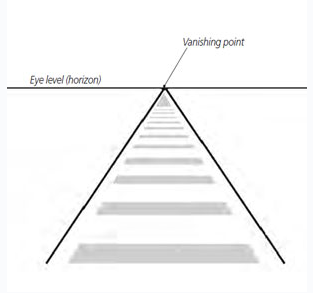
With two vanishing points, Horizontal lines converge to a single, separate point, while horizontal lines remain constant.
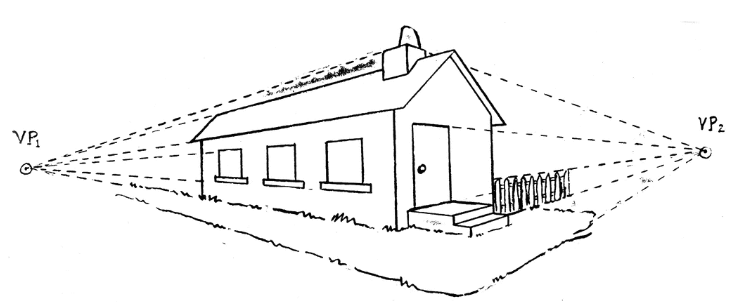
An image can have several vanishing points depending on its complexity and visual angles. While this is something we all see, all the time, I never gave the concept any thought.
Pinhole Cameras vs. Lenses
Consider a pinhole camera (camera obscura) and a lens. Both produce a 2-D geometric projection. A lens replaces the pinhole and film or a digital sensor replaces the back of the pinhole camera and produces the picture plane.
Again, I am wondering what this information will do for me with respect to my photos, but as with the discussion on perspective, I suspect this will be clear to me somewhere down the road.

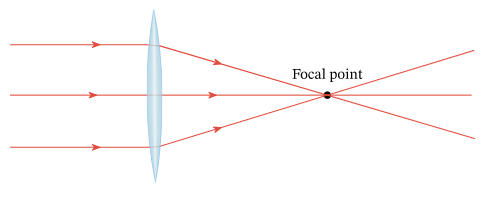
Exposure
This has to do with the amount of light that hits the picture plane, at any given moment. In the camera, this is controlled by aperture, which is a sort of a diaphragm located in the lens construction. It is represented as the F-stop number which is the focal length between the lens and the photo sensor in the camera. Generally speaking, the lower the F-stop number, the more the aperture is open and the more light that gets in.
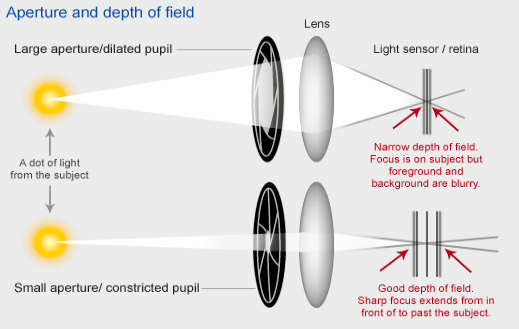
Exposure Time
Also known as Shutter Speed. This is the period of time the shutter is open, exposing the sensor to light. It’s measured in fractions of a second. There is a linear effect on exposure. This is to say, faster shutter speeds expose the sensor to less light than the slower shutter speed. And that, of course, has an effect on exposure. Think of the time and the amount of light. There was also mention that 1/60th of a second shutter speed is about the lowers you should go with hand-held shooting. Lastly, the main side-effect of shutter speed is motion blur.
ISO
ISO stands for International Organization for Standards. I don’t know why the letters in the acronym don’t match the spelled version but that’s how it is. Simply stated, ISO is a camera setting that will increase or decrease the camera sensor’s sensitivity to light. As you increase your ISO number, the sensitivity will increase and your photos will grow progressively brighter. For that reason, ISO can help you capture images in darker environments, or be more flexible about your aperture and shutter speed settings. Back in the days of cameras that used film, the ISO was also referred to as film speed. It’s how sensitive the film is to light. Today digital cameras work analogously to that. Every camera has a range of ISO values, with the lowest number, the base ISO (usually around 100). From there, each ISO value on the scale is typically double the previous one, such as 100, 200, 400, 800, and 1600.
Three Pillars
To conclude, Exposure, Shutter Speed and ISO make up the three pillars of photography. Making adjustments to one will always have an impact on the others.
Next up; assignment one, Bad Photos(I can’t wait)…